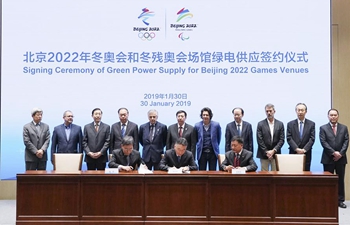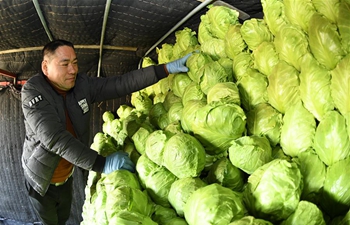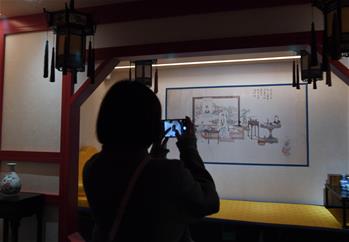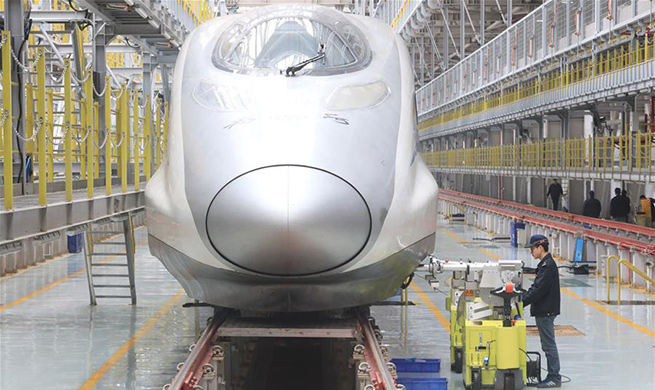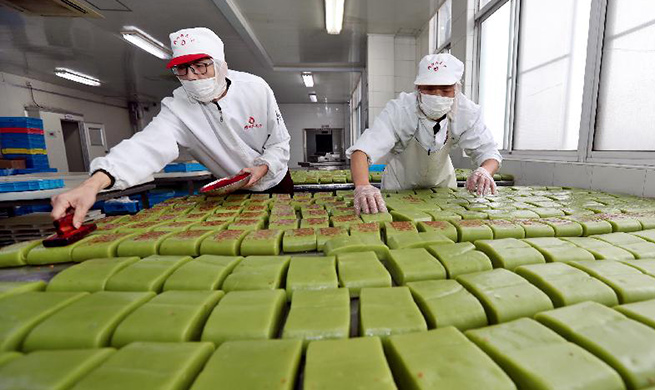SYDNEY, Jan. 31 (Xinhua) -- Researchers from RMIT University in Australia's Melbourne revealed on Thursday they have developed a nano-enhanced material that can capture 99 percent of light and convert it to power chemical reactions.
Globally, chemical manufacturing accounts for about 10 percent of overall energy consumption and 7 percent of industrial greenhouse gas emissions.
"We all rely on products of the chemical manufacturing industry -- from plastics and medicines, to fertilisers and the materials that produce the colours on digital screens," lead investigator, associate professor Daniel Gomez said.
"But much like the rest of our economy, it's an industry currently fuelled by carbon."
According to Gomez, "one of the big challenges in moving to a more sustainable future is that many of the materials that are best for sparking chemical reactions are not responsive enough to light."
Now, the team have devised a method to maximise the light absorption capabilities of palladium, an element excellent at producing chemical reactions but not usually very light responsive.
By manipulating the optical properties of palladium nanoparticles, the team made the material far more sensitive, requiring only 4 nanometres of nano-enhanced palladium to absorb 99 percent of light and achieve a chemical reaction -- a human hair, by comparison, is 100,000 nanometres thick.
"It's scalable and efficient technology that opens new opportunities for the use of solar power -- moving from electricity generation to directly converting solar energy into valuable chemicals," Gomez said.
